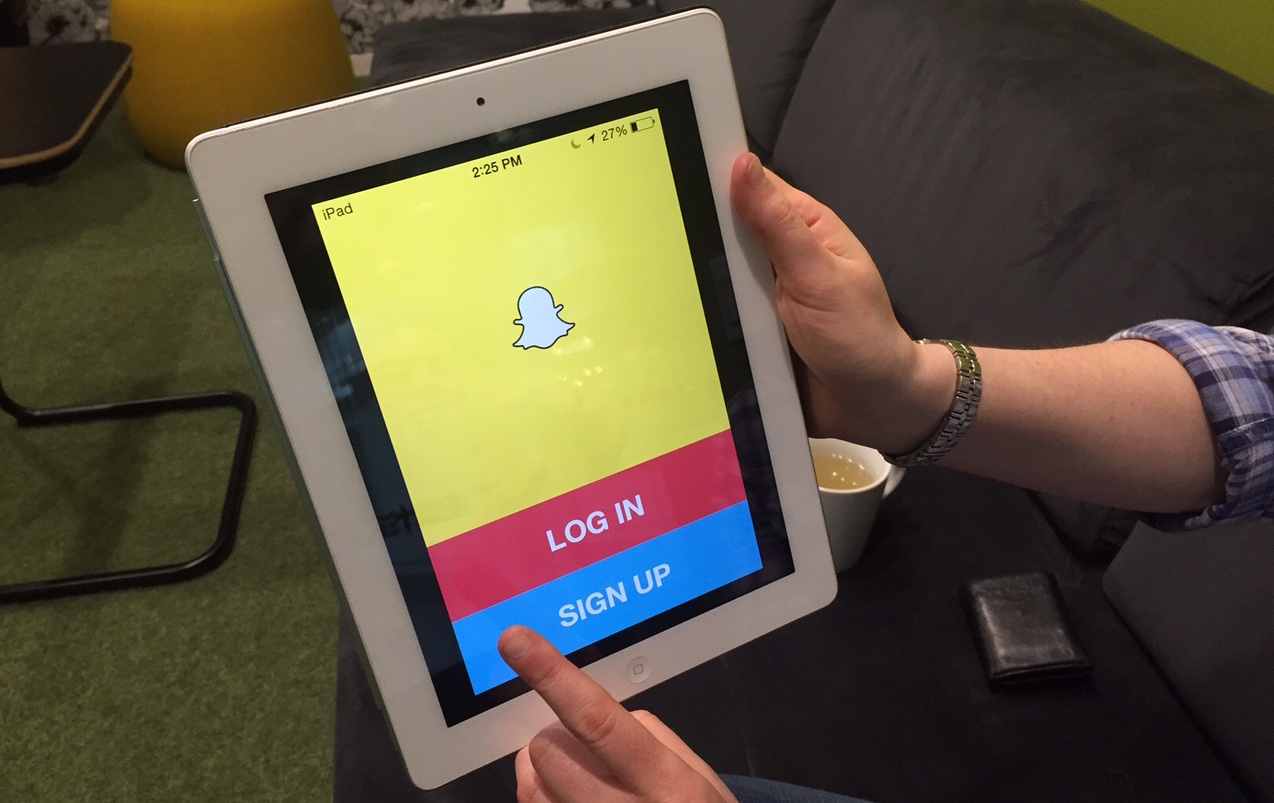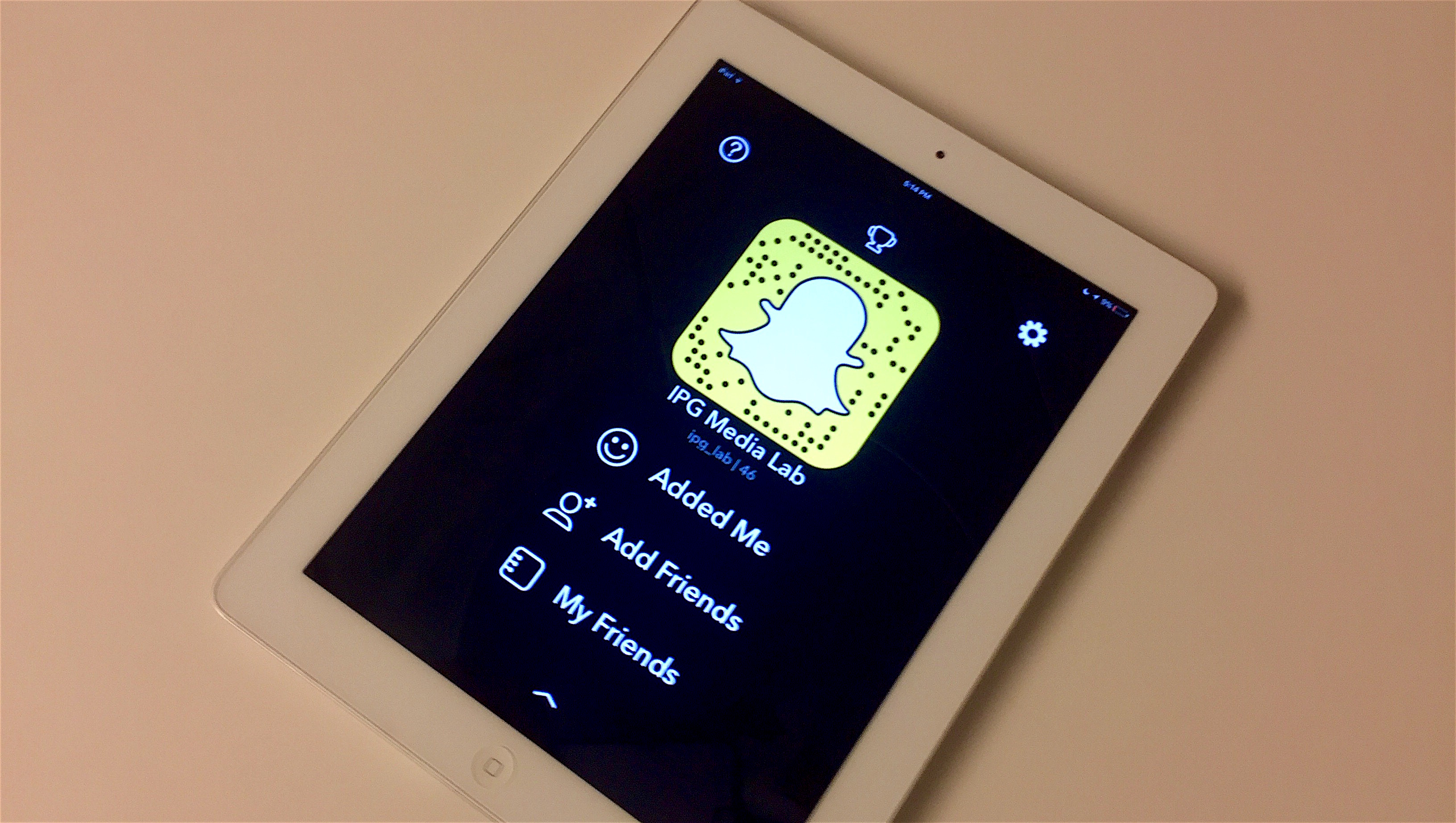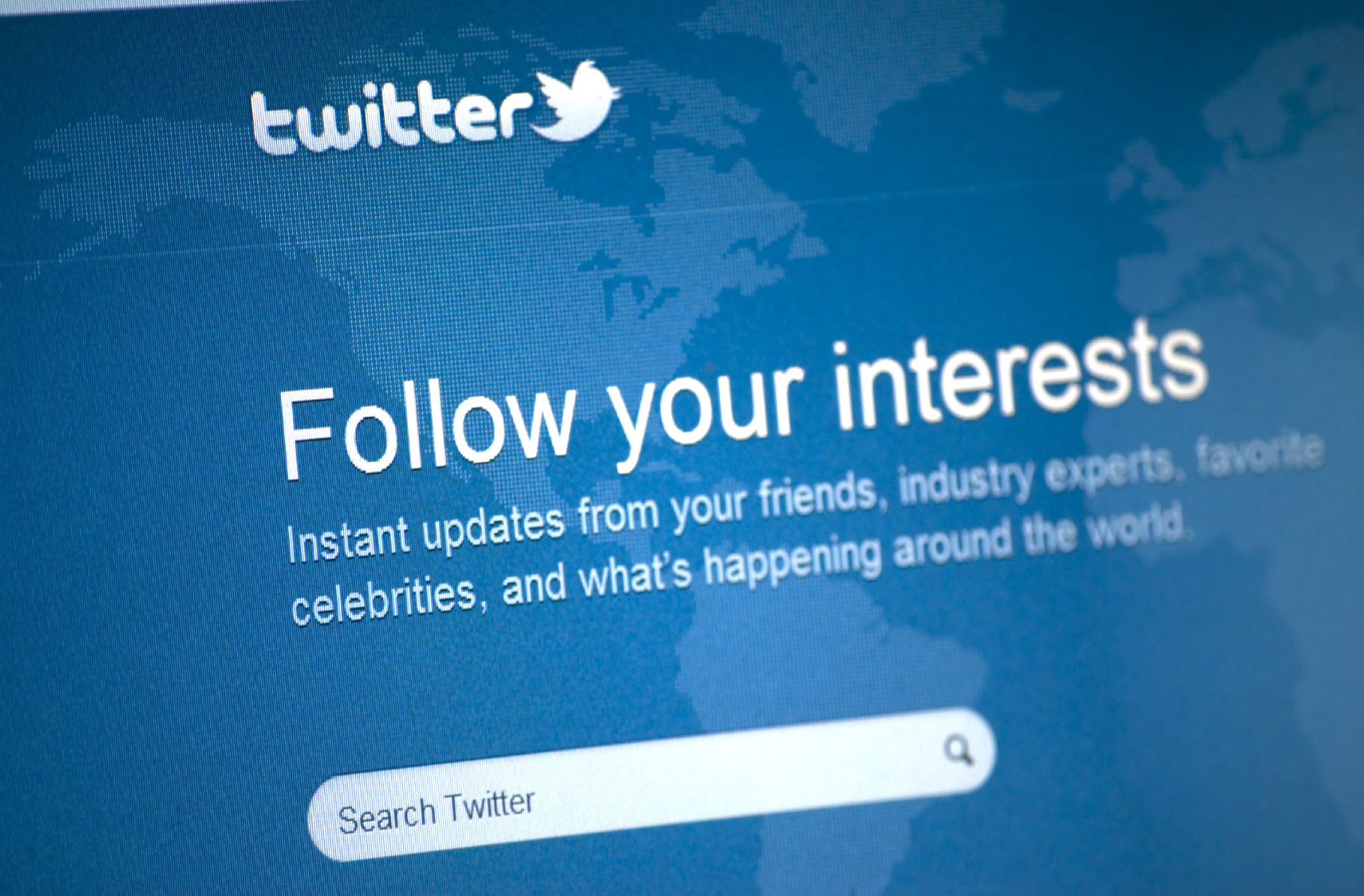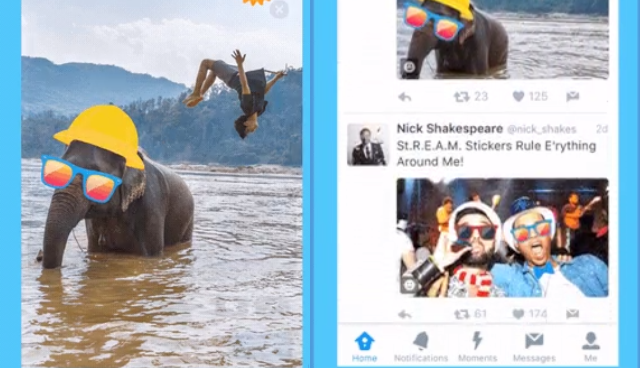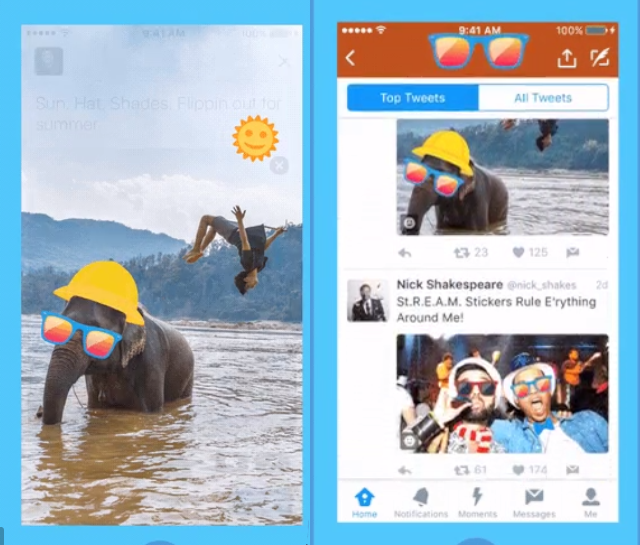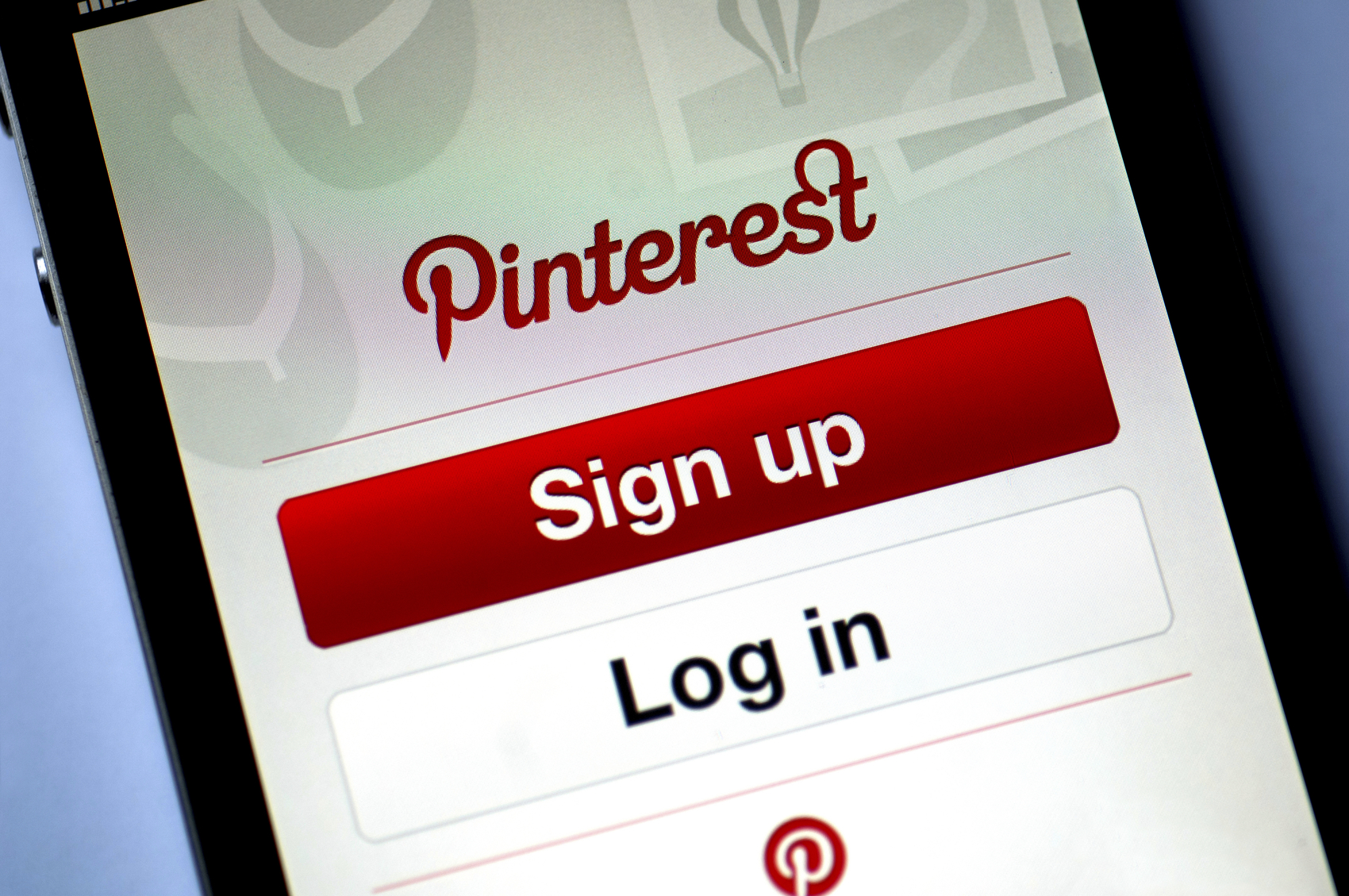What Happened
Following its introduction of sequential video ad yesterday, Snapchat announced today that it is enabling brand advertisers to target users based on third-party data. The popular messaging app follows the lead of Google and Facebook and started working with Oracle Data Cloud to help marketers plug in offline purchase data, such as from supermarket loyalty cards, to improve the relevance of their ad targeting as well as measure offline attributions of their Snapchat campaigns. Brands such as STX Entertainment, Kia, and The Honest Company are testing the new ad-targeting tool.
What Brands Need To Do
This new targeting product brings vast improvement to Snapchat’s ad operations, which has been quickly catching up to the app’s exploding popularity. With this new tool, marketers will be able to zero in on their potential customers and see if their Snapchat ads resulted in real-world sales. As Snapchat continues to expand its user base and improve its ad products, it is an important social marketing channel that brand marketers need to consider in their media planning and develop a strategy for.
Source: AdWeek



